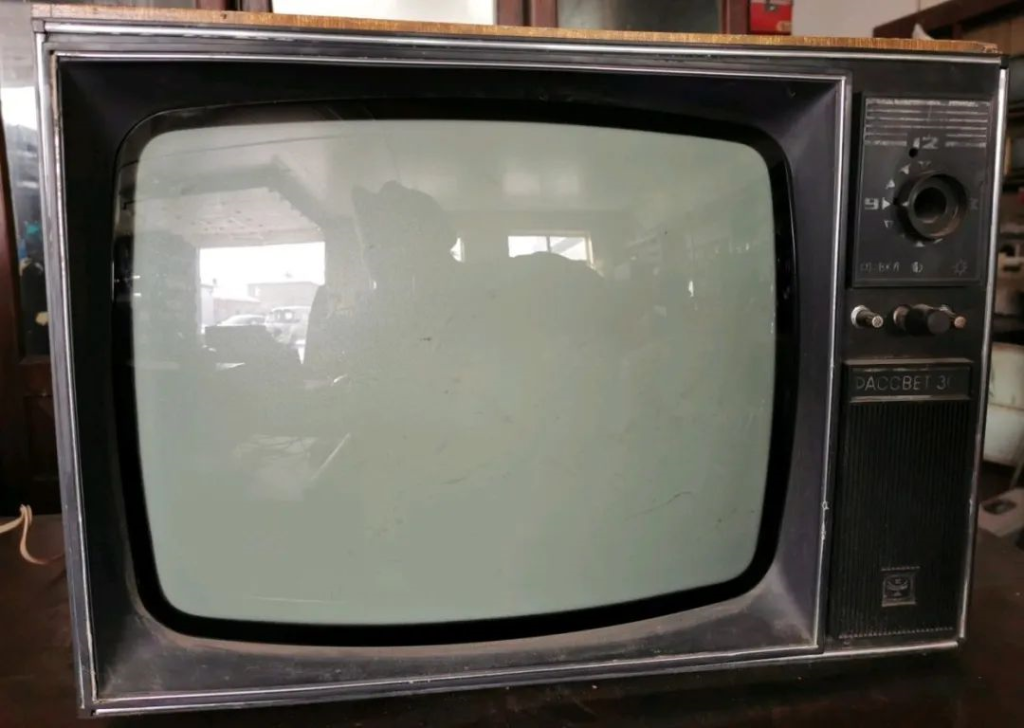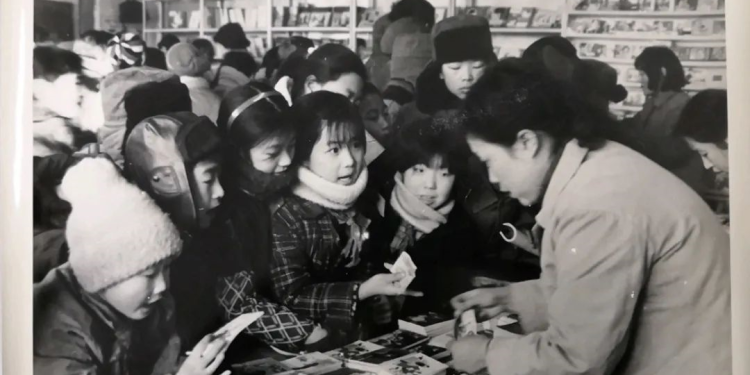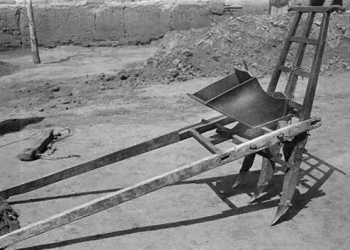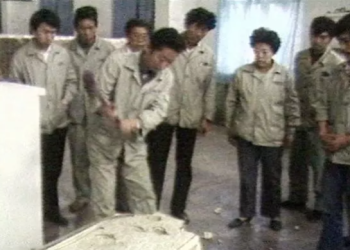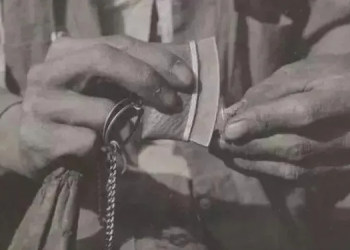Time flies, and the years slip by like a shuttle. In this age of rapid technological advancement, we are constantly chasing after new things, while those old items that once accompanied us through childhood quietly fade from sight.
When did nostalgia begin to take root?
As we grow older, it seems we become increasingly sentimental. We develop a special affection for the things of the past…
The picture books we loved as kids, the empty cigarette boxes, the ration coupons once used at home—do you still keep any of them?
Today, Xiao Qi has gathered a few childhood relics to help us relive those old times hidden deep within our memories.
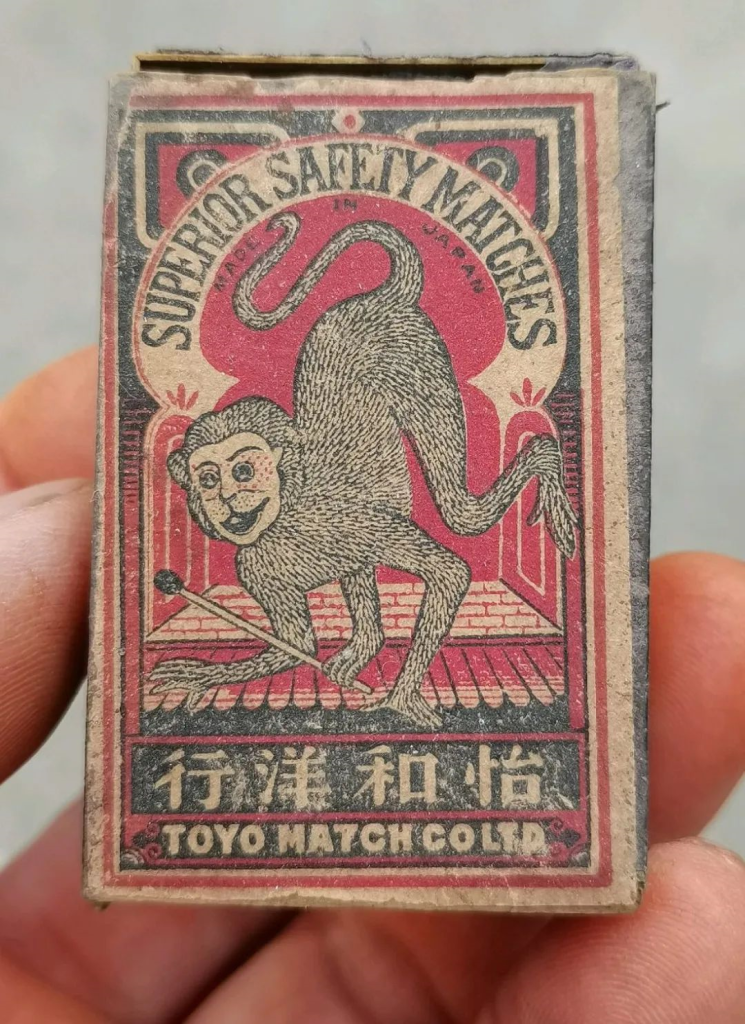
Nowadays, many people may find the word “Huohua” unfamiliar. In fact, Huohua refers to the illustrated side of a matchbox, commonly used during the 1980s in China.
These colorful and diverse matchbox labels recorded a chapter of China’s history, accompanied the childhood of an entire generation, and carried countless fond memories. As a result, matches and matchboxes held a unique and irreplaceable place in people’s hearts during that era.
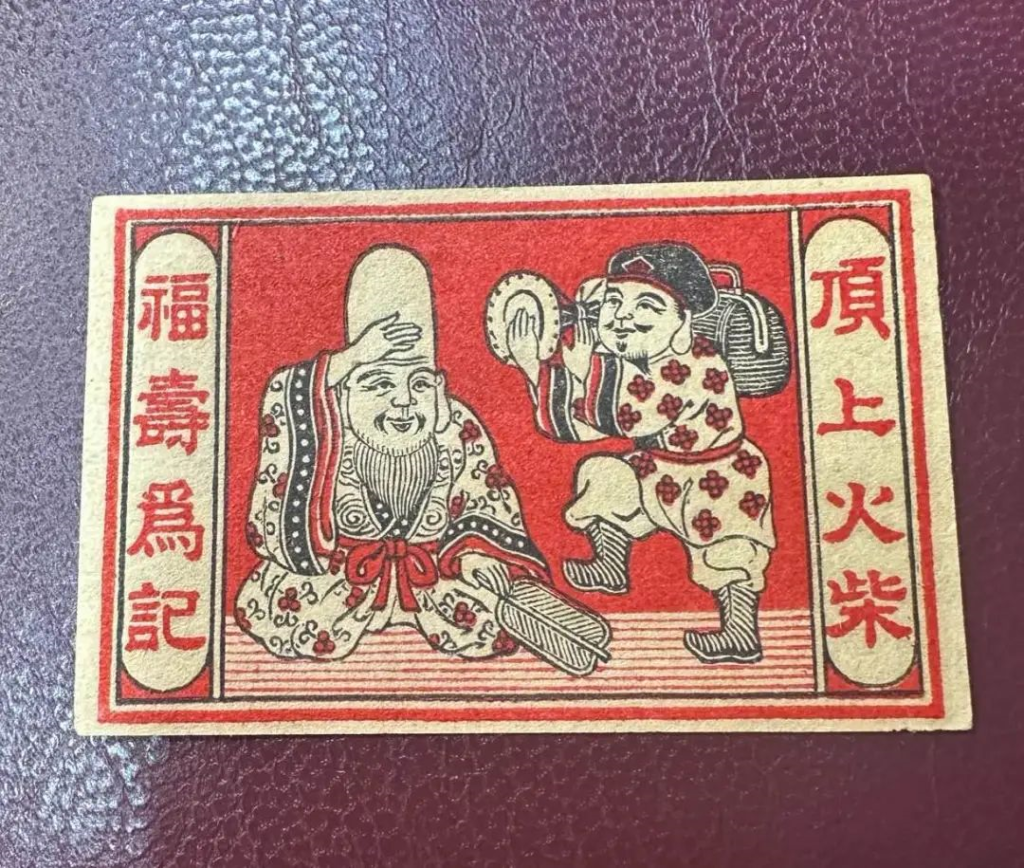
Grain coupons, or Liangpiao, were a type of ration certificate issued in China from the 1950s to the 1980s during a specific period of planned economy. They were used nationwide for nearly 40 years.
At that time, purchasing essential items required various types of coupons—grain coupons for food, fabric coupons for cloth, cigarette coupons for tobacco, and even match coupons for a box of matches.
People could not buy staple foods without grain coupons. This “coupon economy” profoundly influenced several generations of Chinese citizens. It was a time when meals and daily necessities were rationed and controlled by tickets—a defining characteristic of the planned economy era.
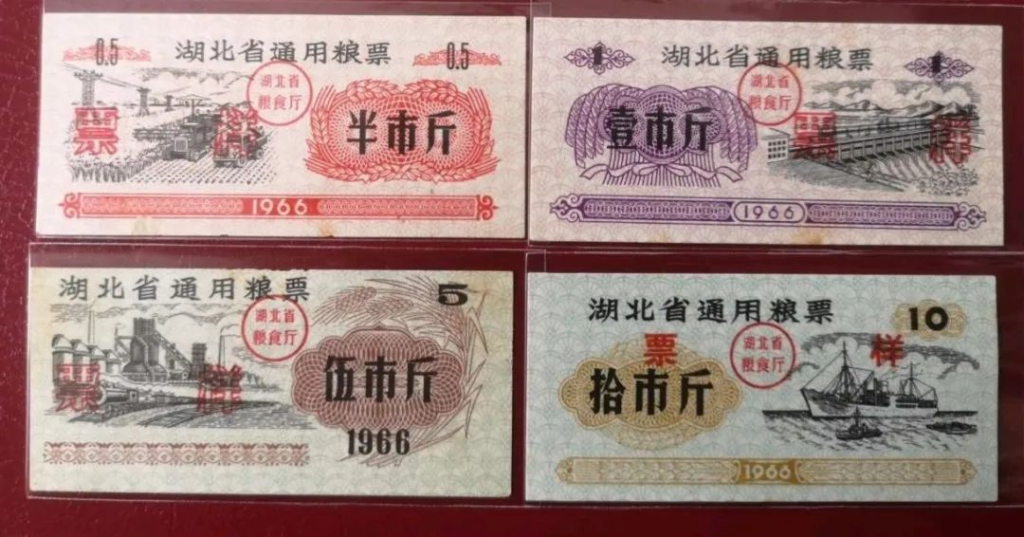
Lianhuanhua, also known as “picture storybooks” or “pocket comics,” were the spiritual nourishment of childhood for those born in the 1970s and 1980s.
Back then, it was common to see groups of children completely engrossed in these little illustrated books—their level of obsession no less than how today’s kids are hooked on tablet games.
These tiny booklets accompanied the happiest moments of childhood, carrying some of the most cherished and unforgettable memories of that simpler time.
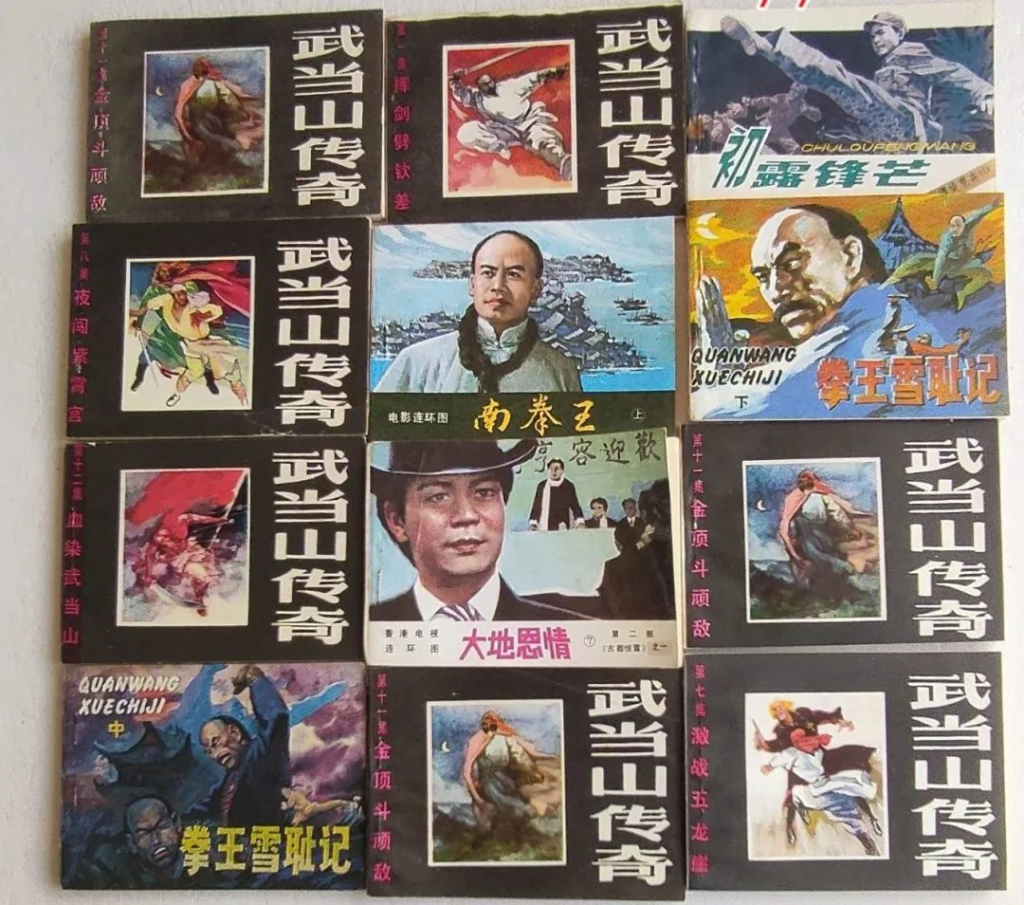
In the 1970s and 1980s, radios were incredibly popular across China.
Back in the 1950s, owning a radio was considered a luxury—so much so that it was part of the famous wedding dowry known as the “Three Turnings and One Sound,” which referred to a radio, bicycle, sewing machine, and wristwatch—collectively called the “Four Big Items.”
At the time, having a radio at home was a symbol of modern life. This small device could bring news from every corner of the country, broadcast storytelling programs, traditional “pingshu” performances, popular songs, and a variety of other information.
Radios played a vital role in enriching people’s spiritual lives and were an essential part of everyday culture.
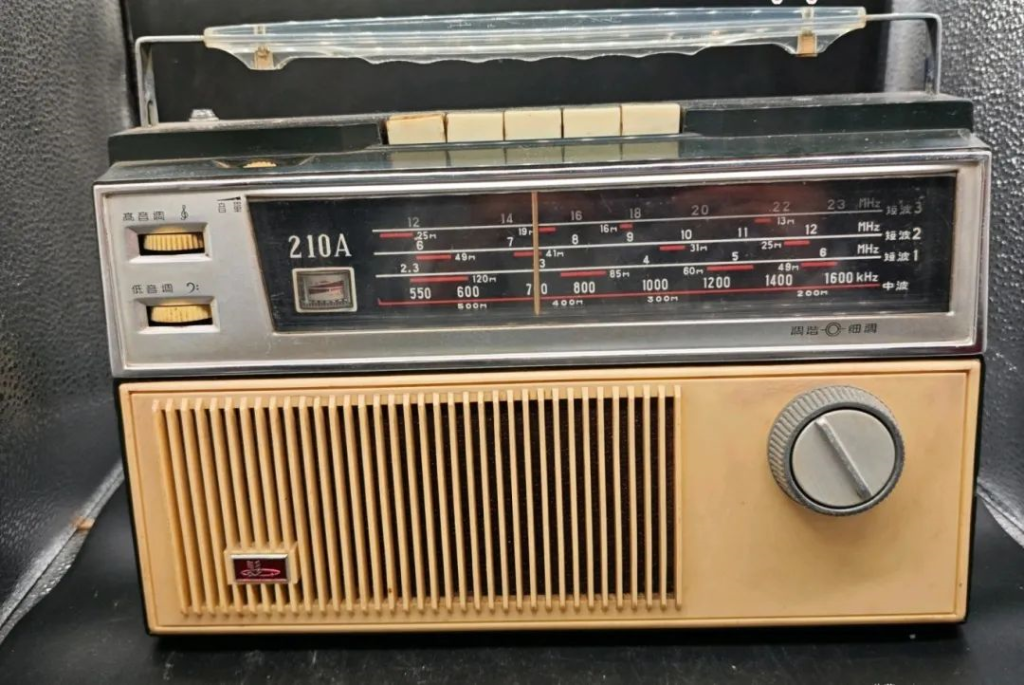 Looking back at the 1980s, owning a television set was a symbol of wealth.
Looking back at the 1980s, owning a television set was a symbol of wealth.
The snowy static on the black-and-white screen seemed like a time tunnel, connecting every family’s laughter and joy.
On summer nights, the TV would be carried out into the courtyard, becoming the center of attention for neighbors gathering together.
Such simple and heartwarming scenes may be hard to recreate today, but in our memories, they remain timeless classics.
